NASA James Webb Telescope looks into the past! Does it reveal secrets of the universe?
NASA James Webb Space Telescope has been touted to look into the past and understand the origin of the universe. But how is it possible?
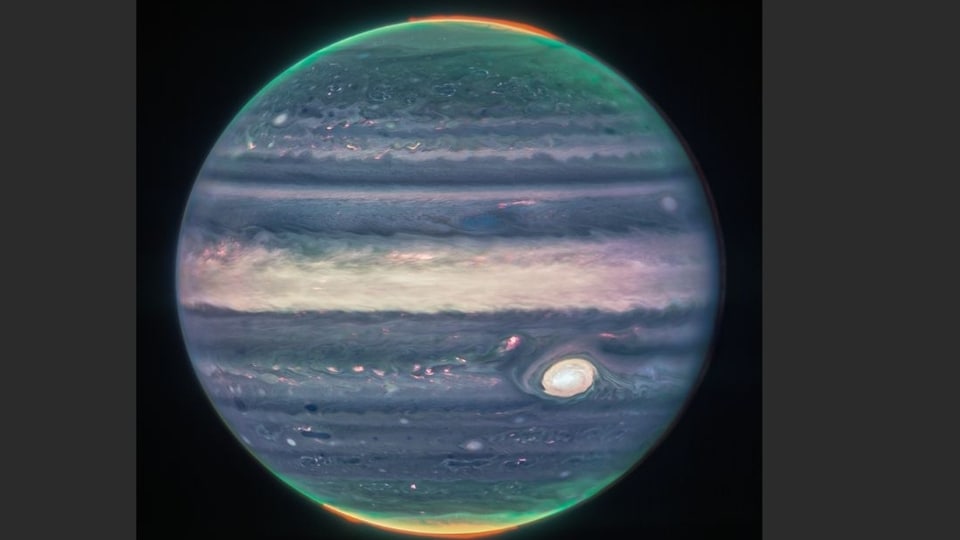
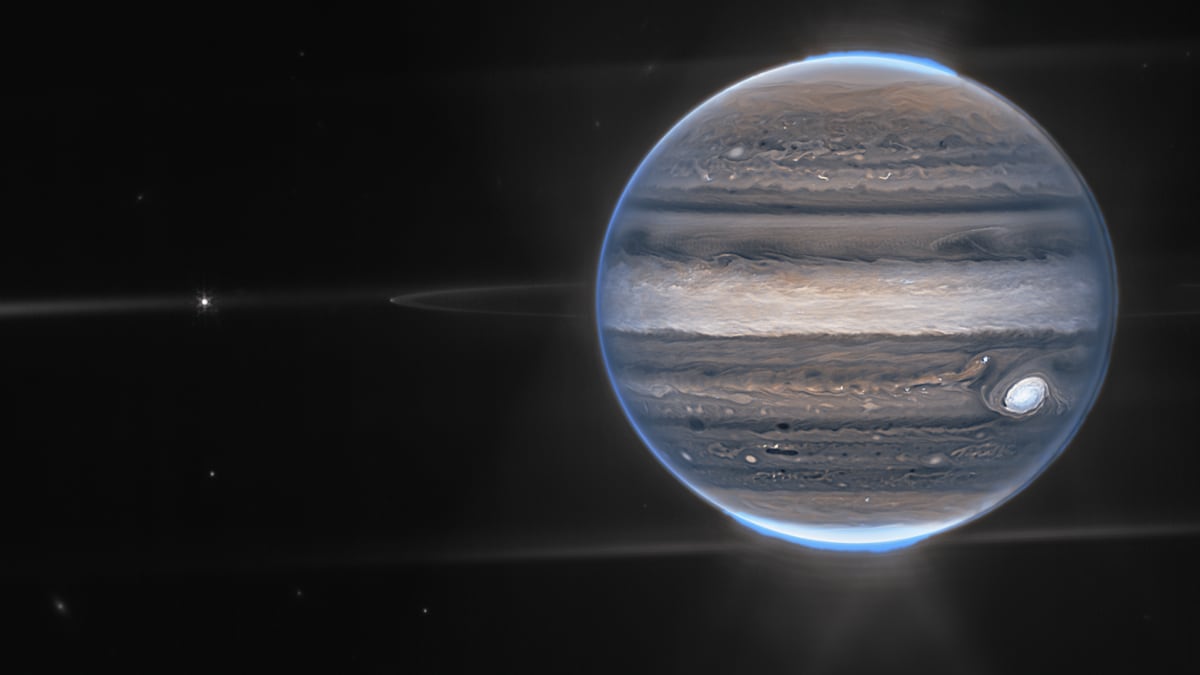
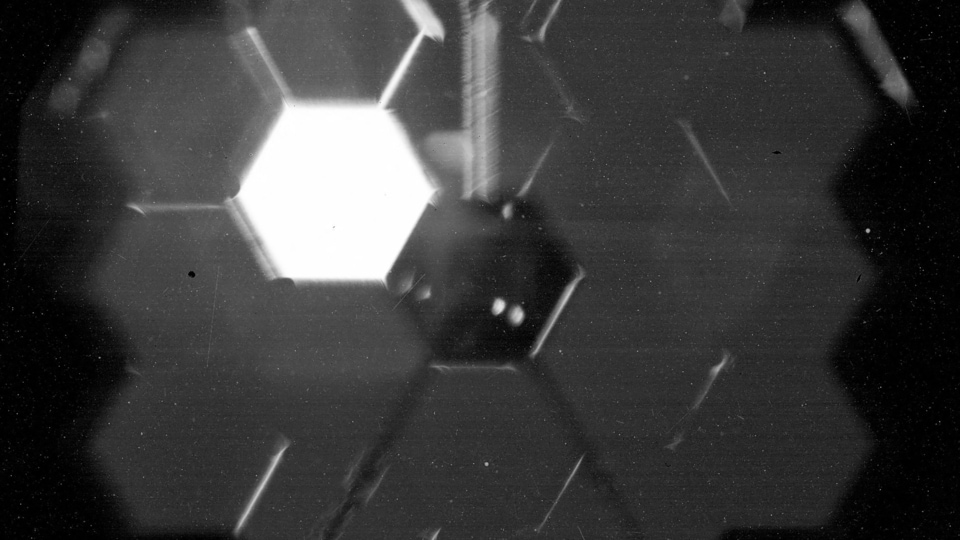
_1661230453587.jpg)
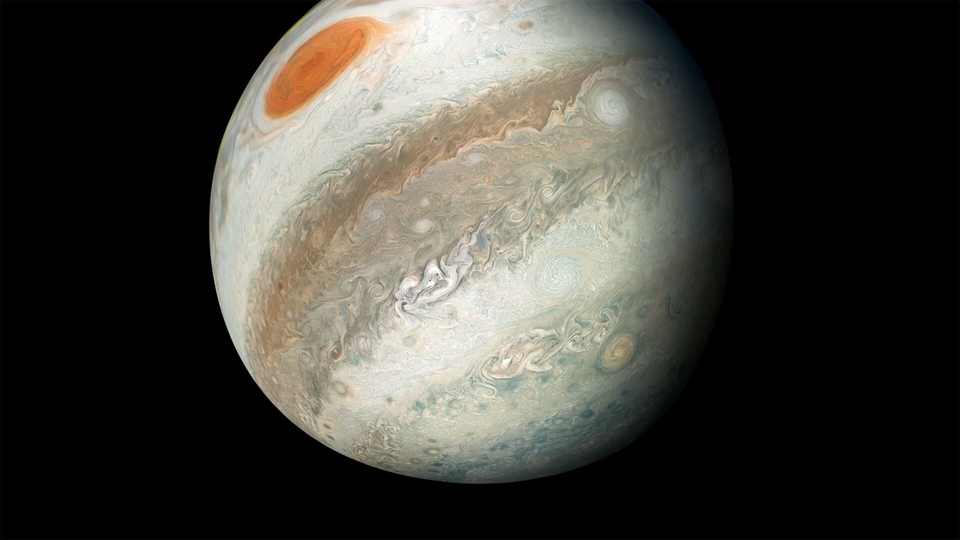
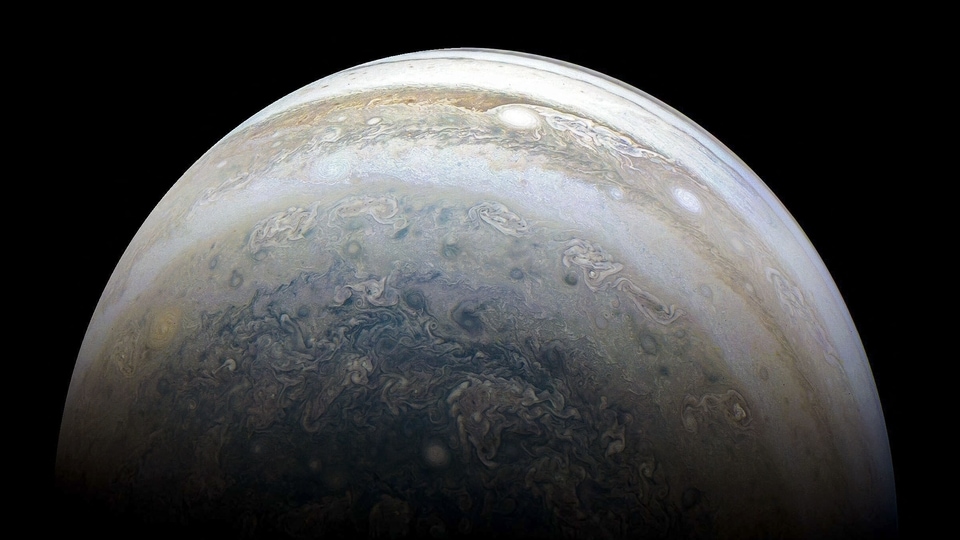
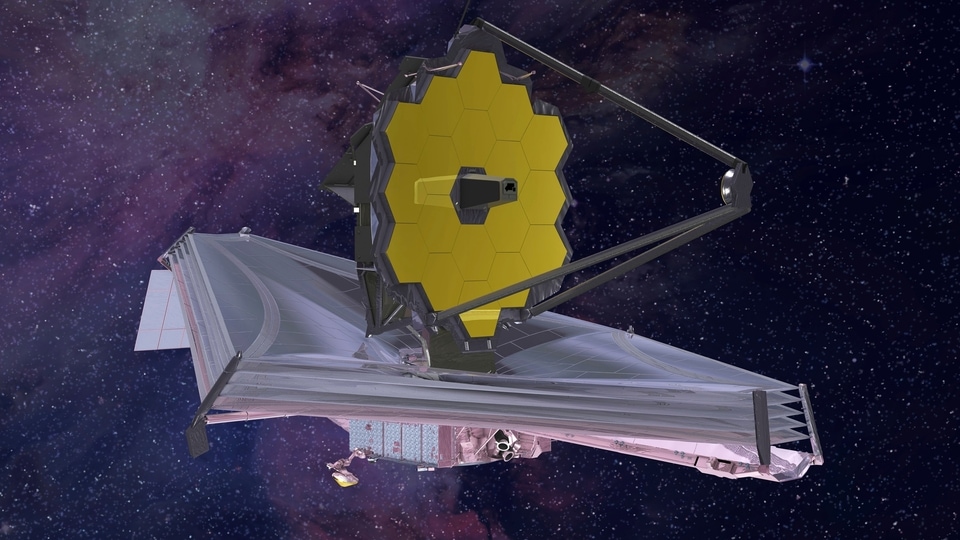
 View all Images
View all ImagesThe NASA James Webb Space Telescope has changed the way we look at space. Ever since we saw its first images on July 12, the space telescope has been mesmerizing us with its stunning never-seen-before images. Recently, the tech marvel captured the first ever clear image of Neptune and it showcased the magnificent rings surrounding it. Not only that but it has shown us distant galaxies and star clusters in a way that scientists didn't think was possible. And it does that using two of its crucial instruments called Near-Infrared Camera (NIRCam) and Mid-Infrared Instrument (MIRI). They capture images in infrared wavelengths which go beyond the capabilities of human's vision. But some scientists also believe that the telescope can stare into the past and tell us more about the origin of the universe. But how can it do that? Read on to find out.
NASA James Webb Space Telescope can look into the past
The Webb Telescope captured the image of the oldest galaxy ever, which was formed just 300 million years after the big bang. But how can it know that and see how objects were billions of years ago? The answer is simpler than you might think. It is because of how light works.
Speaking with WebbTelescope.org, NASA scientists revealed, “Telescopes can be time machines. Looking out in space is like looking back in time. It sounds magical, but it's actually very simple: Light needs time to travel across the vast distances of space to reach us”.
The logic is simple. Light travels extremely fast. The time between you switching on the lights in your room and it glowing up feels instantaneous. Or when you look at an object and all it takes is to glance at it to see it, the process feels so fast and smooth we never consider that light actually travels. But the reality is, like everything else, light also has a finite speed. It is roughly 300,000 km/sec. And when we look into distances that are farther than that, we begin to see how light reaches late to us. On Earth, it is not possible, but just a glance at the Sun is all you need to understand this. The rays of light from the Sun take 8 minutes to reach Earth. That means after the point you're standing on faces the Sun, you have to wait that amount of time to get the first rays of light. It also means one more important thing. The rays of light you receive now were sent eight minutes ago and show you how the Sun looked 8 minutes in the past.
Now, when you apply the same logic to objects lightyears away, you know the light you receive is one year late in reaching us. That means whatever we are looking at has happened one year ago. Now, all a telescope like the NASA James Webb Space Telescope has to do is look farther in space and the images would be that far back in time.
Because the JWST has larger mirrors than any space telescope, it is capable of concentrating more light onto the lenses to capture an image. This is why scientists say that the telescope can peek into the past to tell us more about the origin of the universe.
Catch all the Latest Tech News, Mobile News, Laptop News, Gaming news, Wearables News , How To News, also keep up with us on Whatsapp channel,Twitter, Facebook, Google News, and Instagram. For our latest videos, subscribe to our YouTube channel.
































